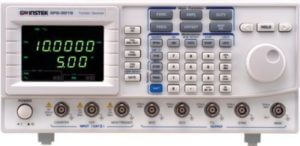- /
- /
- /
Laboratory Equipment
According to IEC 61010-1, the laboratory equipment is being defined as equipment which by electromagnetic means tests, measures, indicates, monitors, inspects or analyses materials, or is used to prepare materials. This equipment may also be used in areas other than laboratories; examples include self- test IVD equipment to be used in the home; inspection equipment to be used to check people or material during transportation; and electrical industrial process-control equipment – which controls one or more output quantities to specific values, with each value determined by manual setting, by local or remote programming, or by one or more input variables.
In addition to typical hazards of shock, fire and mechanics, standards covering laboratory equipment address hazards dealing with effects of fluids and fluid pressures; effects of radiation, including lasers sources, and sonic and ultrasonic pressure; liberated gases, explosion and implosion; protection against hazards arising from reasonably foreseeable misuse and ergonomics factors.
Main standard covering laboratory equipment requirement:
- IEC/EN/UL/CSA 61010-1 (Safety requirements for electrical equipment for measurement, control, and laboratory use/Part 1: General Requirements). Part 2 standards of 61010 series exist for specific products and to be used in conjunction with Part 1, example include:
- EC/EN/UL/CSA 61010-2-101 (Particular requirements for in vitro diagnostic (IVD) medical equipment).



